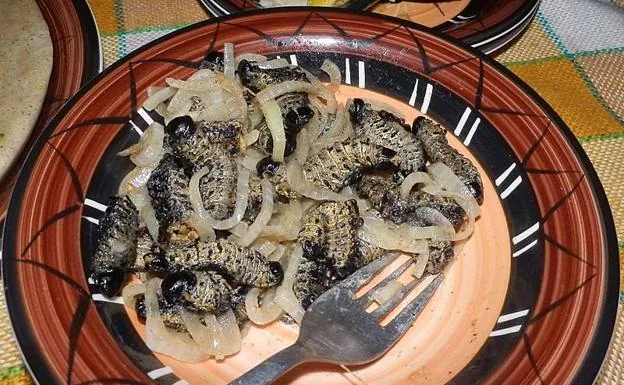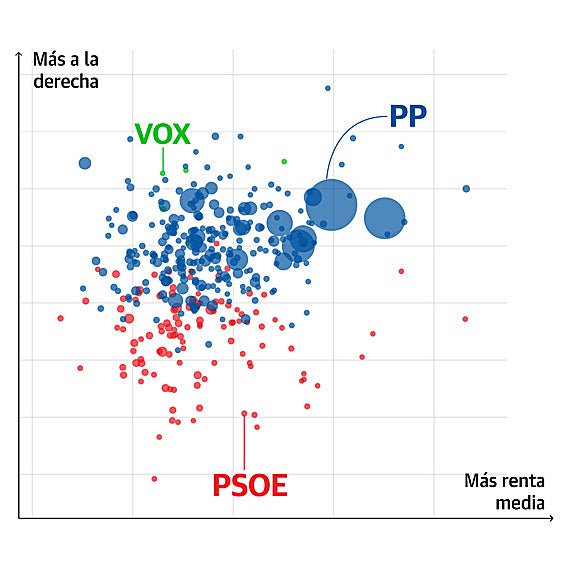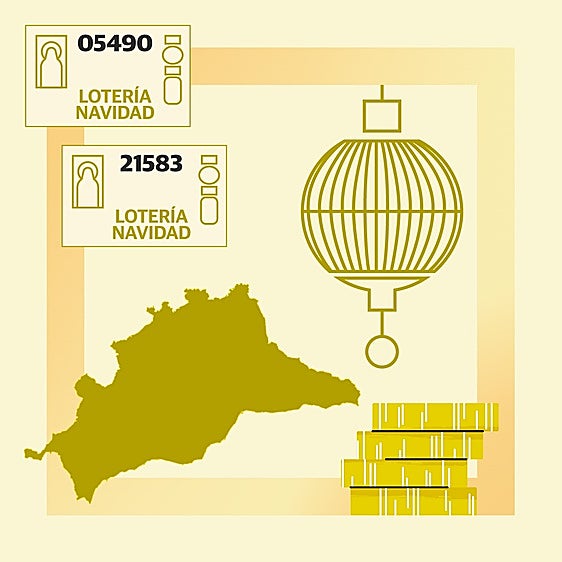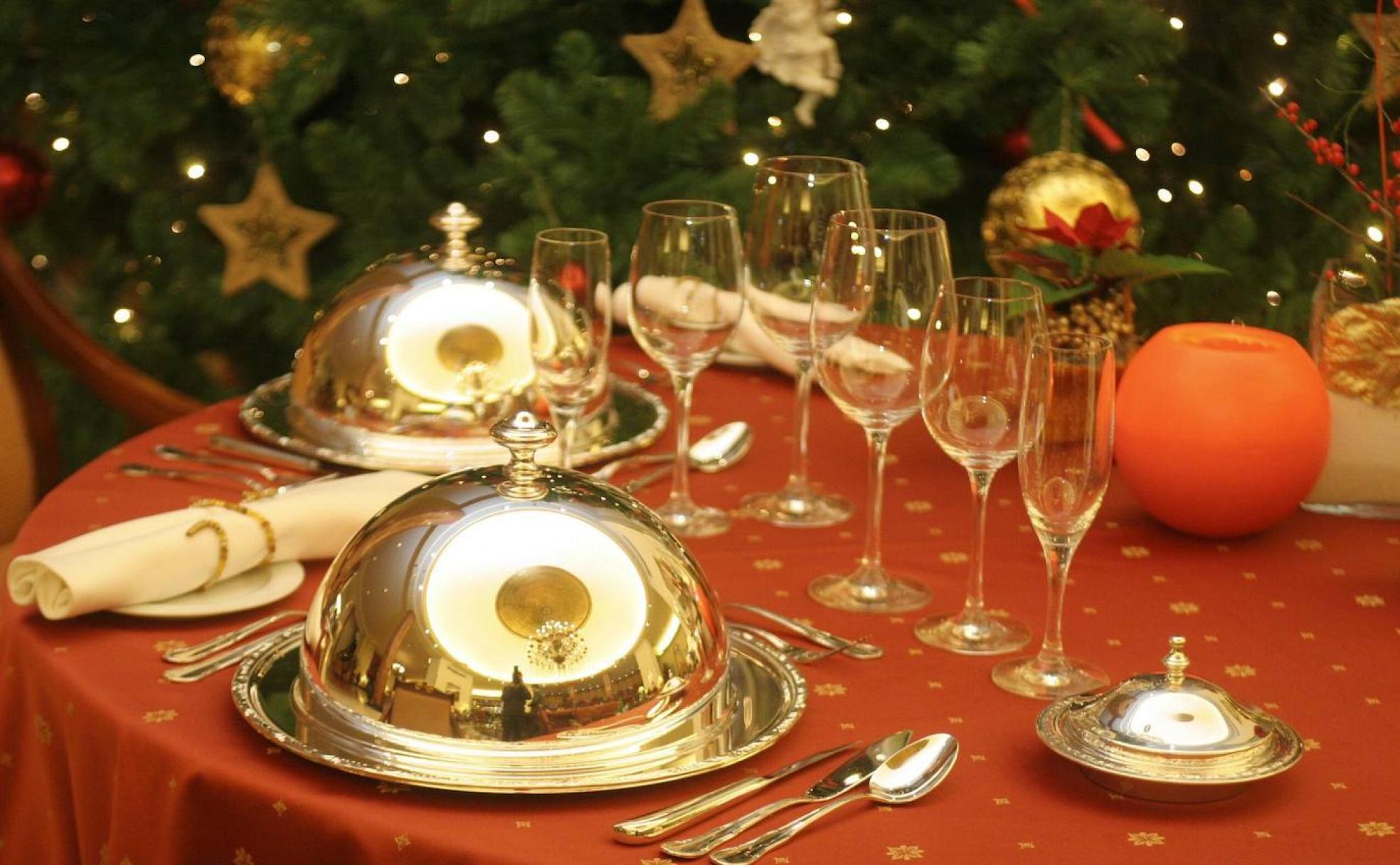Strange festive delicacies from around the globe
Traditional Christmas food differs considerably in certain parts of the world, although some countries menus may seem a little off-putting, or strange, to say the least
Christmas is a time when most of us forget about watching our waistlines and piling on the calories, for it is customary to indulge in an onslaught of festive delicacies, from gargantuan roast dinners, to alcohol-laden cakes and puddings, and an array of sugary sweets and chocolate.
The traditional Christmas menus from around the world differ considerably, and while the British are content with their roast turkey and stuffing with all the trimmings, along with rum pudding, mince pies and eggnog, other countries’ menus may seem a little off-putting, or strange, to say the least.
Many countries enjoy a roast dinner of some kind on Christmas Eve or Christmas Day, and these will include the accustomed turkey, roast beef, lamb, goat or goose, among other meats.
In Japan, turkeys are not widely available, and so in order to satisfy the appetites of the foreign communities living in the country who missed their turkey dinners, Colonel Sanders came to the rescue with a clever advertising campaign in 1974. It has since become a tradition for both locals and expats to enjoy the finger licking Kentucky-style chicken at Christmas.
Some people may find the Spanish tradition of roasting a whole suckling pig (cochinillo), complete with its head and trotters, over an open fire a little unappetising, or even upsetting. The piglet, which will weigh less than five kilos, is fed on its mother’s milk and is slaughtered between the ages of two and six weeks. Suckling pig is part of a tradition of farm-to-table eating: The pigs have typically been raised on family farms and will be served in restaurants just 24 to 48 hours after being killed.
However, a suckling pig that has been slaughtered the day after it is weaned might be more appealing compared to some of the dishes that are eaten in certain parts of the world at Christmas.
One of the strangest types of roast dishes, and probably not overly tempting for most Brits, is burnt sheep’s head, which is served for the Christmas meal in Norway. Smalahove is made by burning the sheep’s head to remove the hairs, after which, the skull is opened and the brains are removed. It will then be boiled for several hours, before being served with mashed potatoes and swede.
If this Nordic delicacy turns the stomach, how about whale skin and fermented seabirds (kiviak), a customary Christmas feast eaten in Greenland. If the description of this dish does not put one off, then the method used to make it may well do. The blubber and the skin from the whale, which are said to have a nutty aftertaste, are usually eaten raw. The auks used to make the kiviak are stuffed into a seal skin, and then buried underground to ferment for several months before consumption.
Highly nutritious delicacy
Even less sumptuous is the South African dish of deep-fried mopane worms: these are actually spiky caterpillars - the size of a finger and as thick as a cigar - that live in the mopane tree. Considered a delicacy, these caterpillars are highly nutritious, although, it is claimed, they have little flavour, hence they are served with a variety of sauces.

Fish also plays a large role in the festive menus of many countries, like in Poland, where carp is served as the main dish of the 12-course meal. In order to ensure the carp is as fresh as possible; it is customary to keep them alive in the bath until needed.
Of course, people from other parts of the world might turn their noses up at the British obsession for Brussel sprouts, which are a must for us at Christmas, even though no one seems to like them.




